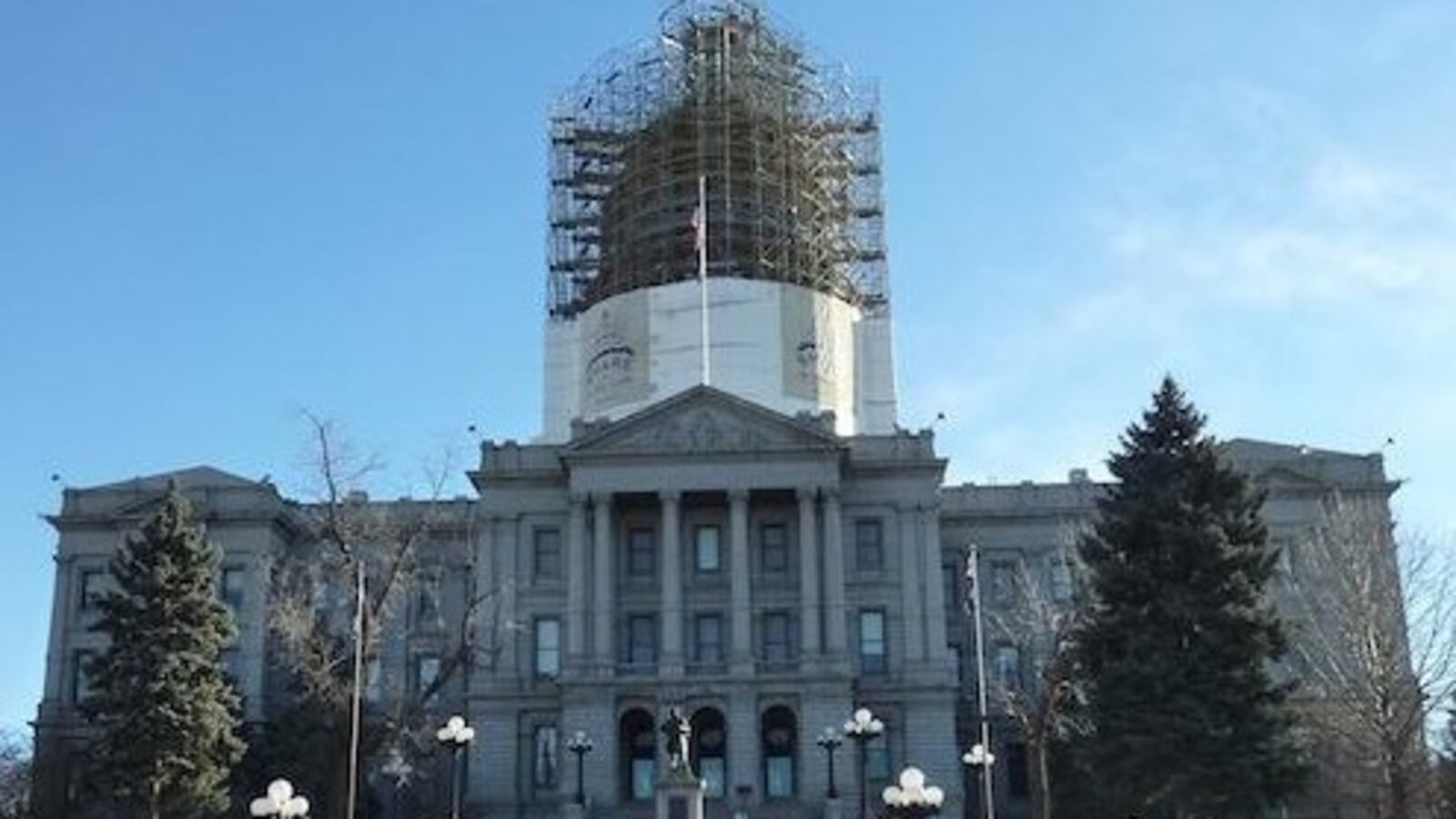The Joint Budget Committee has agreed to support legislation that would throw a lifeline to three small districts facing steep budget cuts in the middle of the school year.
But there are lots of legislative hurdles to be jumped before the DeBeque, Meeker and Pawnee districts get the state money they need to pay their bills through June.
The JBC on Friday also unanimously endorsed the annual “supplemental” bill for districts statewide, providing $56.3 million to account for enrollment growth and declines in local tax revenues. The committee also approved roughly $800,000 in extra funding to a small group of districts that lost students and had higher busing costs because of last year’s floods along the northern Front Range and in northeastern Colorado.
Committee endorsement of both measures is only the first step in a legislative process that may take months to play out. Bills have to be written and then approved by both the House and Senate and signed by Gov. John Hickenlooper. Because of various legal intricacies, it may take more than one bill to provide aid to the three districts.
To provide context, in 2013 the mid-year K-12 supplemental bill was introduced on Jan. 28 but not signed by the governor until April 8. The JBC staff currently hopes to introduce supplemental bills on Feb. 3, with the rescue bill (or bills) perhaps introduced as companion measures.
DeBeque, Meeker and Pawnee are districts that have been funded completely through local revenues, which means they haven’t been subject to what’s called the negative factor, a device the legislature uses to reduce K-12 funding from what it otherwise would have been in order to balance the overall state budget.
Local revenues for the three districts came in lower than was predicted when budgets were set last spring. But the negative factor means state revenues can’t be used to backfill the loss of local taxes, thus requiring special legislation. All three districts are heavily dependent on volatile revenues from energy production. (See this Chalkbeat Colorado story for more details on the districts’ problems.)
The crisis facing the three districts presented a policy dilemma for JBC members. On one hand they sympathized with the difficulty – or impossibility – of making deep budget cuts in the middle of the school year. On the other hand the lawmakers were concerned about saving the three districts from the negative factor when every other district in the state has suffered cuts because of it.
“We’re holding them harmless from something other districts have been suffering for awhile,” said JBC vice chair Sen. Pat Steadman, D-Denver. “These have been districts that have been faring better than others have up to now.”
“It’s a morass,” said Craig Harper, the JBC staff analyst responsible for K-12 funding issues.
In the end – on Steadman’s motion – the panel voted 6-0 to fully cover the shortfalls in the three districts, at a total cost of less than $1 million. Committee members stressed that the aid would be a one-time event.
The dilemma prompted a couple of JBC members to suggest districts ought to consider consolidation with neighboring districts. “It boggles my mind why they don’t do that,” said Rep. Cheri Gerou, R-Evergreen. (DeBeque and Meeker, both on the Western Slope, already are geographically large districts covering sparsely populated areas. Pawnee, in Weld County on the state line, is somewhat smaller and is surrounded by other districts. Weld County has more than a dozen school districts.)
The committee has been expected to approve the $56.3 million mid-year increase to compensate districts for enrollment changes and declines in local revenue, maintaining average state per-pupil funding at $6,652.
The flood-relief funding is intended to compensate districts for the loss of students who moved after the 2013 floods forced some families to move. Districts slated to receive that aid include Estes Park, Greeley and St. Vrain. The committee rejected requests from Boulder, Cherry Creek and Thompson, relatively large and wealthy districts that reported losing only two students apiece.
Harper recommended not funding those requests, and Steadman said, “I definitely agree that two students really is negligible. … I have a hard time taking a couple of these seriously – the two students in Cherry Creek.”


